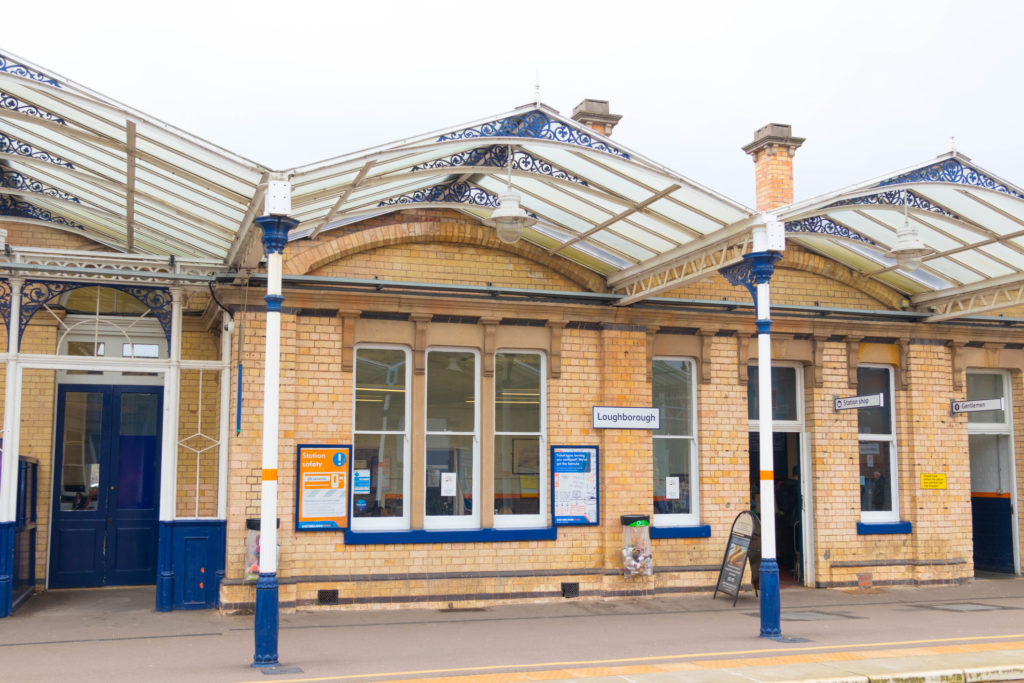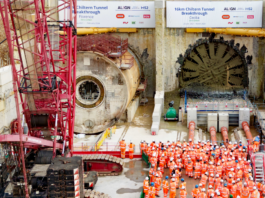The Rail Accident Investigation Branch (RAIB) has launched an investigation into a signal being passed at danger (red) near Loughborough, Leicestershire, 20 March 2020.
RAIB reports that, at around 10:57 on 20 March 2020, a northbound train passed a red signal without authority, about 0.75 miles (1.2 km) south of Loughborough station. The train passed the signal, LR507, by around 200 metres.
Signal LR507 applies to the Down Slow line and was protecting the crossover south of Loughborough station which was set for use by a southbound train calling at the bi-directional, Down Slow platform 3. The maximum line speed on approach to the signal is 65 mph (104 km/h).
The train was formed of an empty four-car Class 710 unit and two Class 57 locomotives, one at each end. It was operated by Rail Operations Group (ROG). The Class 710 unit was being moved from a testing site at Old Dalby to storage at Worksop. Under these circumstances, a Class 710 unit does not run with operational brakes; instead, braking is provided only by the two locomotives, which are connected by a brake pipe which is passed through the carriages of the unit.
The signal on the approach to LR507, LR503, was displaying a single yellow aspect as would be expected. The driver applied the brakes before reaching signal LR507, but the retardation was not sufficient to stop the train from the speed at which it was travelling, before it passed the red signal.

There were no injuries or damage as a consequence of this incident, although the southbound passenger train which was calling at Loughborough station platform 3 at the time of the SPAD incurred a delay of approximately 24 minutes.
RAIB’s investigation will seek to establish the sequence of events, including where the train’s brake was applied and at what speed. It will also seek to:
- Understand the actions of the people involved;
- Establish the braking capability of the train and whether it was affected by the way the train was formed, prepared and driven;
- Review ROG’s processes for producing train timing schedules;
- Review the industry’s processes for managing the risk of hauling un-braked units;
- Explore ROG’s arrangements for managing driver competence and fitness and any underlying management factors;
- Review previous similar accidents and incidents investigated by RAIB and consider the response to recommendations made following those incidents;
- Make recommendations to prevent a recurrence.
RAIB will publish its findings, including any recommendations to improve safety, at the conclusion of its investigation.



